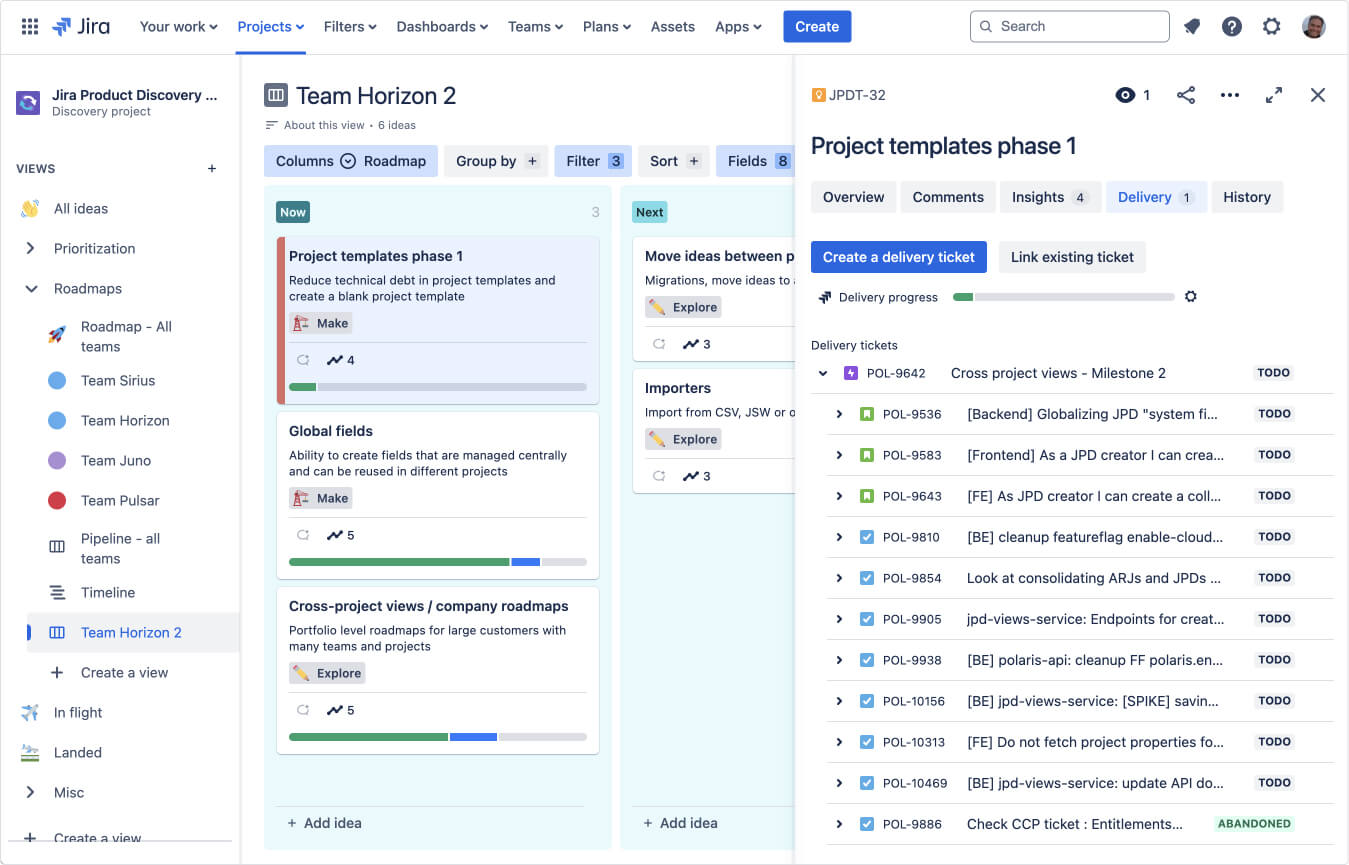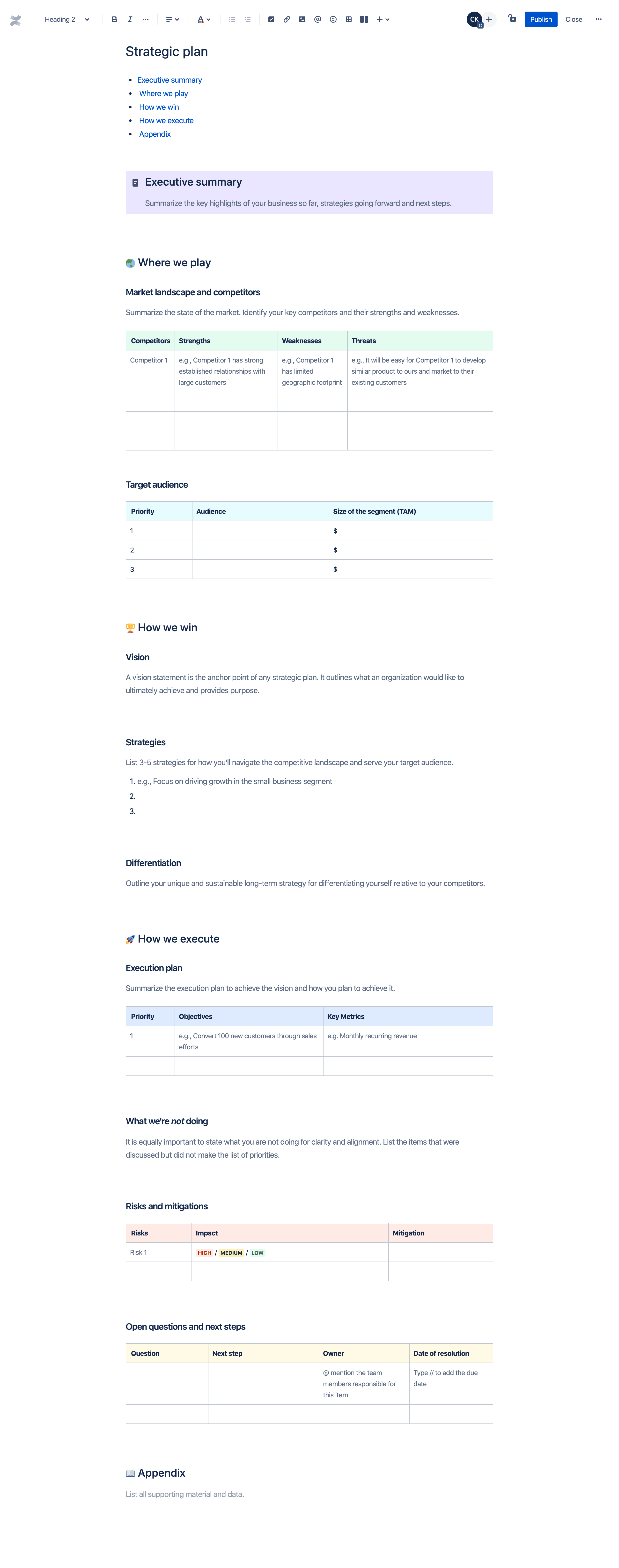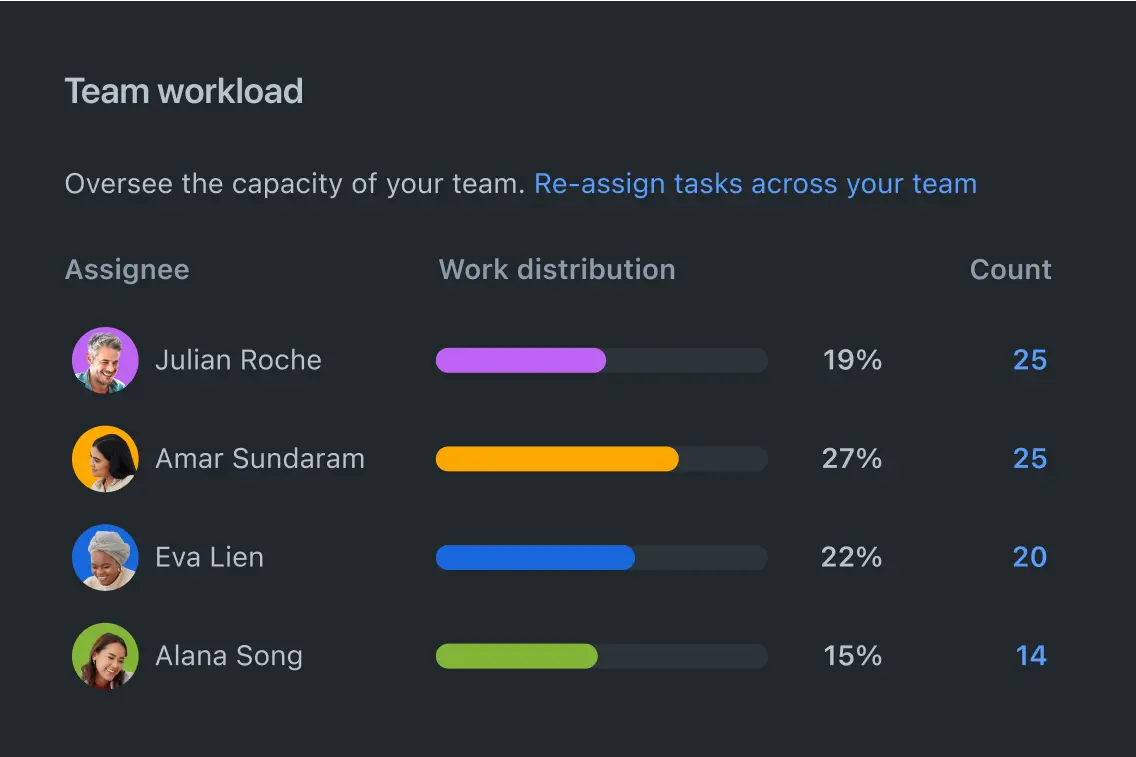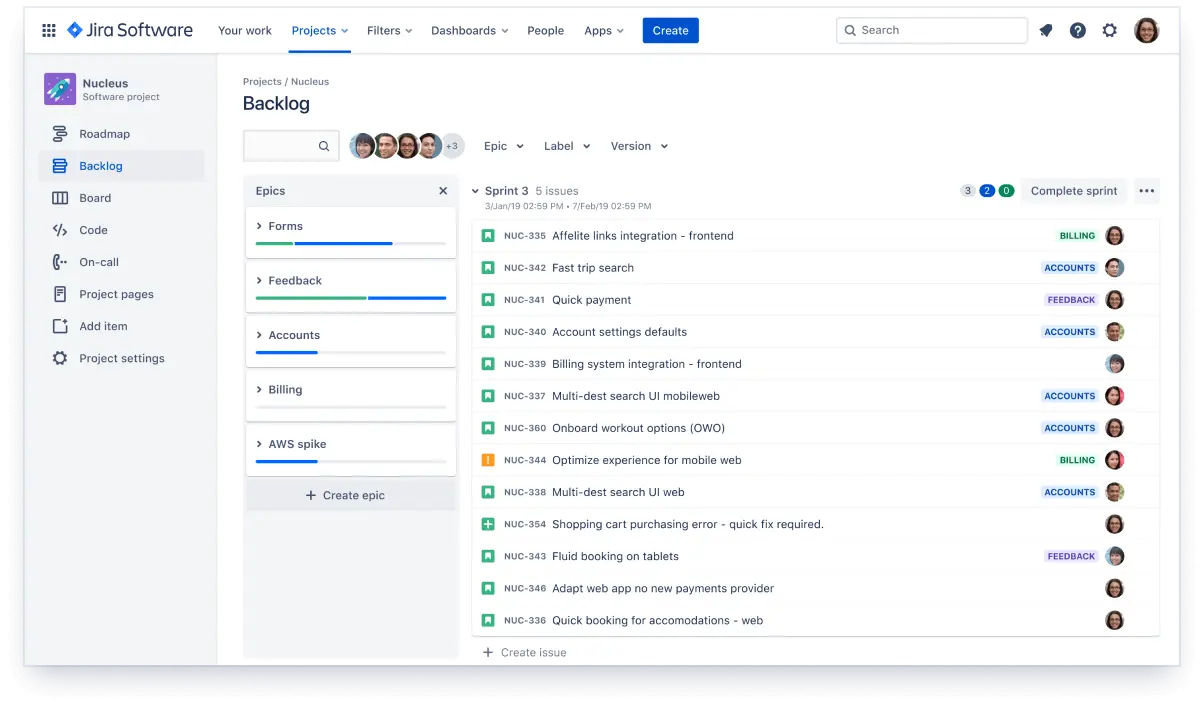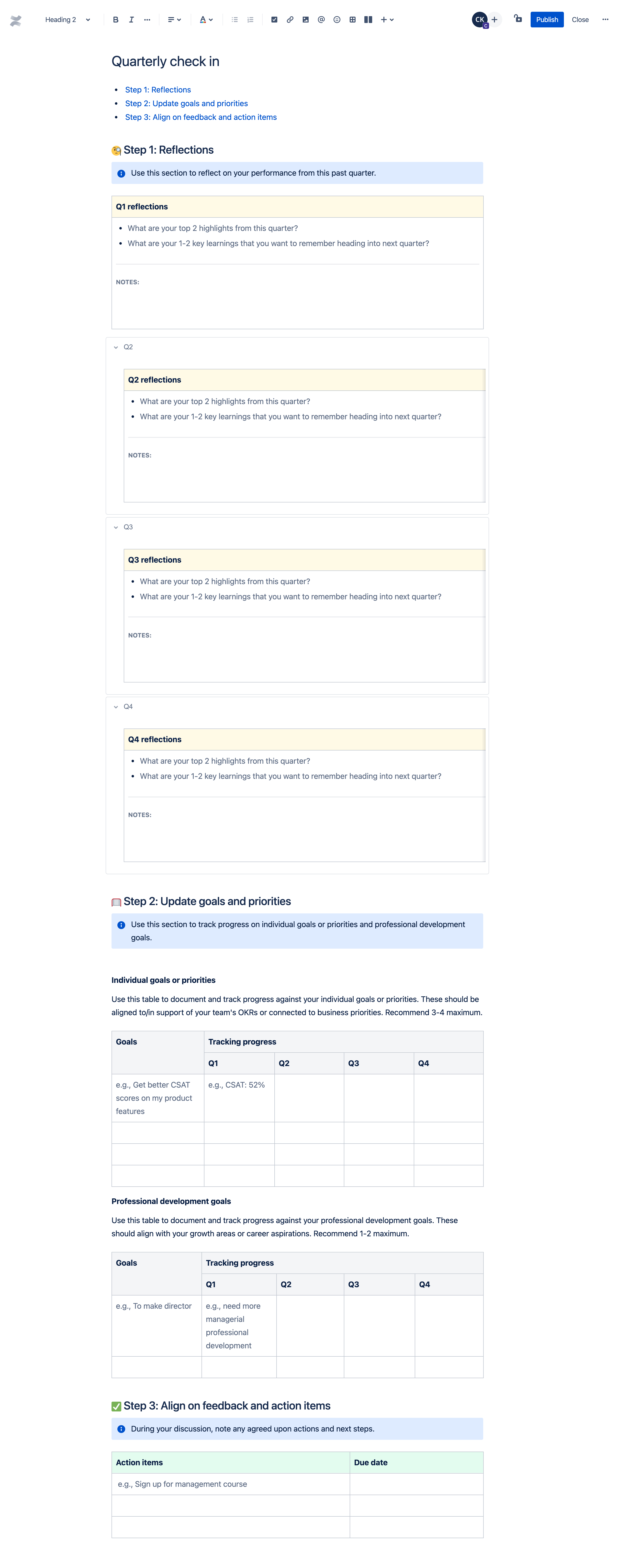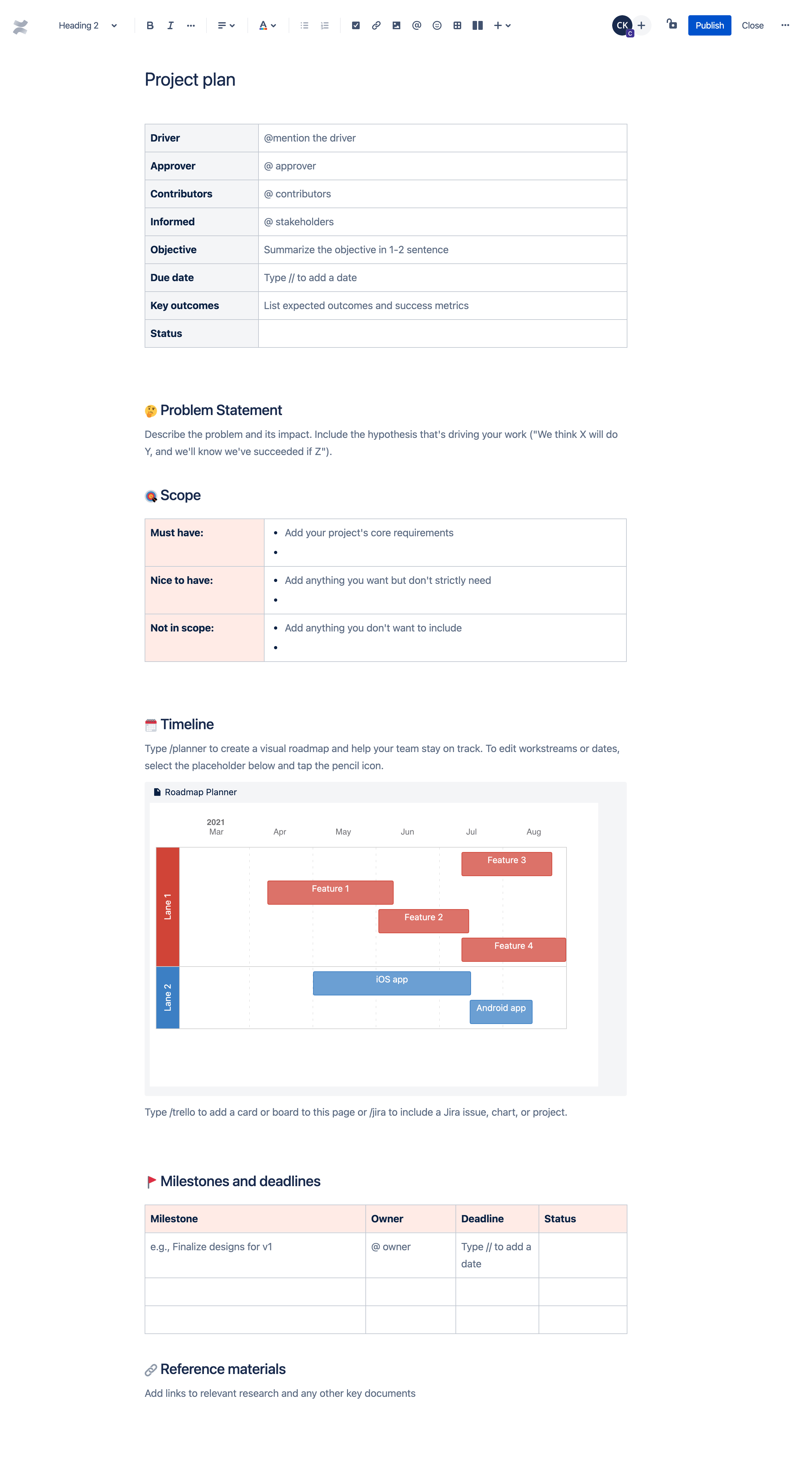Quarterly planning 101: A complete guide with templates
Browse topics
Business priorities are constantly shifting, so waiting a full year to adjust your strategy is a risky move. Quarterly planning can help teams stay nimble while keeping everyone pointed in the same direction.
This guide will cover everything you need to know about quarterly planning, from understanding the basics to running effective sessions that drive results. You'll also get access to proven templates that make the whole process smoother and more collaborative.
